Old Browser
Looks like you're visiting us from {countryName}.
Would you like to stay on the current country site or be switched to your country?
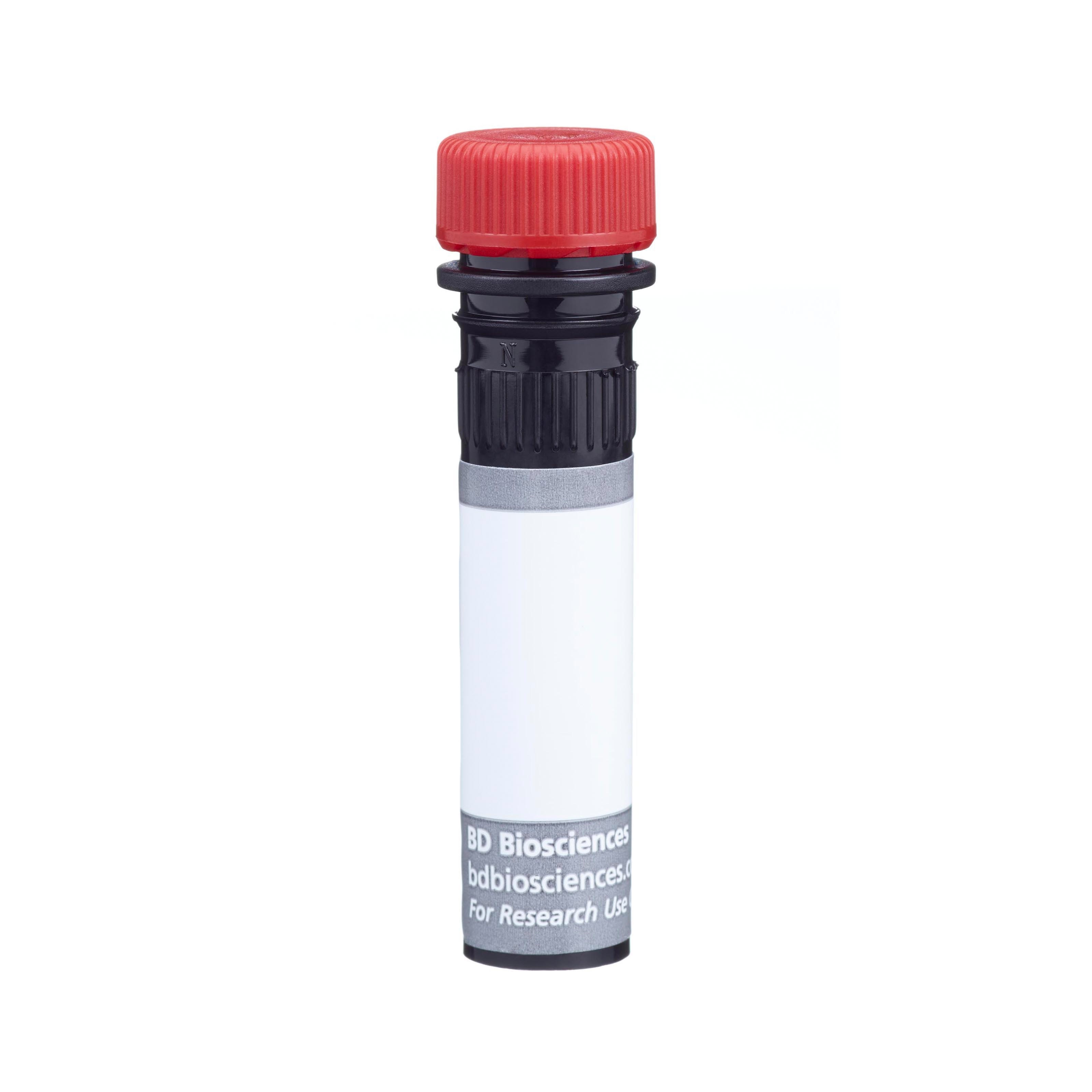

Regulatory Status Legend
Any use of products other than the permitted use without the express written authorization of Becton, Dickinson and Company is strictly prohibited.
Preparation And Storage
Recommended Assay Procedures
For optimal and reproducible results, BD Horizon Brilliant Stain Buffer should be used anytime two or more BD Horizon Brilliant dyes (including BD OptiBuild Brilliant reagents) are used in the same experiment. Fluorescent dye interactions may cause staining artifacts which may affect data interpretation. The BD Horizon Brilliant Stain Buffer was designed to minimize these interactions. More information can be found in the Technical Data Sheet of the BD Horizon Brilliant Stain Buffer (Cat. No. 563794).
Product Notices
- This antibody was developed for use in flow cytometry.
- The production process underwent stringent testing and validation to assure that it generates a high-quality conjugate with consistent performance and specific binding activity. However, verification testing has not been performed on all conjugate lots.
- Researchers should determine the optimal concentration of this reagent for their individual applications.
- An isotype control should be used at the same concentration as the antibody of interest.
- Caution: Sodium azide yields highly toxic hydrazoic acid under acidic conditions. Dilute azide compounds in running water before discarding to avoid accumulation of potentially explosive deposits in plumbing.
- For fluorochrome spectra and suitable instrument settings, please refer to our Multicolor Flow Cytometry web page at www.bdbiosciences.com/colors.
- Please refer to www.bdbiosciences.com/us/s/resources for technical protocols.
- BD Horizon Brilliant Stain Buffer is covered by one or more of the following US patents: 8,110,673; 8,158,444; 8,575,303; 8,354,239.
- BD Horizon Brilliant Ultraviolet 805 is covered by one or more of the following US patents: 8,110,673; 8,158,444; 8,227,187; 8,575,303; 8,354,239.
Companion Products
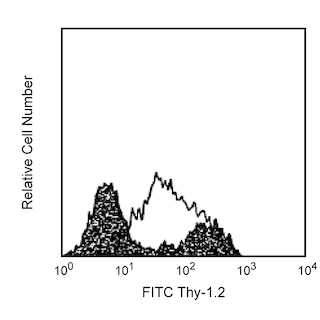

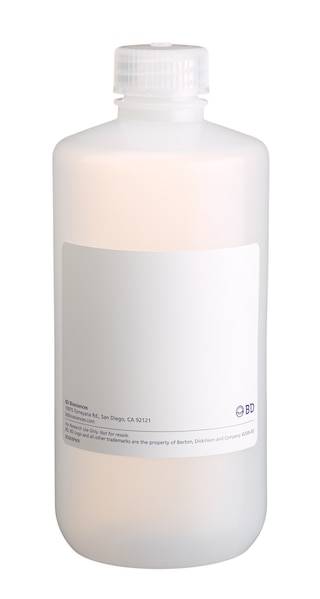
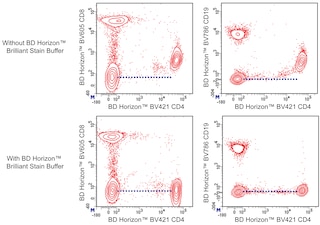
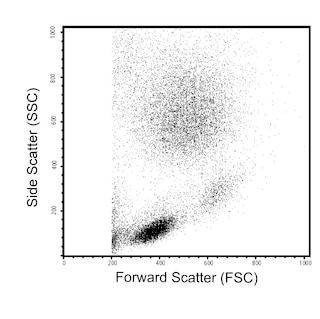
Fas antigen, CD95, is a 45 kDa cell-surface protein which can mediate apoptosis. It belongs to the TNF (tumor necrosis factor)/NGF receptor family. Expression of Fas has been described in the thymus, liver, heart, lung and ovary. Fas plays an important role in the apoptotic process that takes place during development. Monoclonal antibodies recognizing Fas such as Jo2 have cytolytic activity on cells expressing Fas. The cell death stimulated by Fas antibodies is characteristic of apoptosis and suggests that the lethal effects are a result of interaction of antibody with a functional Fas antigen as opposed to complement-mediated lysis.
The Jo2 antibody recognizes mouse Fas. The Jo2 antibody shows cytolytic activity against cell lines expressing mouse Fas by inducing apoptosis. Intraperitoneal injections of Jo2 mAb have been shown to kill mice and induce apoptotic hepatocyte death. Jo2 mAb has been reported to immunoprecipitate mouse Fas as a 45 kDa band from W4 cells. W4 cells are WR19L mouse lymphoma cells transformed with mouse Fas. The difference between the observed MW of Fas and that deduced from its amino acid sequence (Mr 34,971) may be due to glycosylation.
The antibody was conjugated to BD Horizon™ BUV805 which is part of the BD Horizon Brilliant™ Ultraviolet family of dyes. This dye is a tandem fluorochrome of BD Horizon BUV395 with an Ex Max of 348 nm and an acceptor dye with an Em Max at 805 nm. BD Horizon Brilliant BUV805 can be excited by the ultraviolet laser (355 nm) and detected with a 820/60 filter and a 770LP.

Development References (9)
-
Enari M, Hug H, Nagata S. Involvement of an ICE-like protease in Fas-mediated apoptosis. Nature. 1995; 375(6526):78-81. (Clone-specific: Functional assay). View Reference
-
Hiromatsu K, Aoki Y, Makino M, et al. Increased Fas antigen expression in murine retrovirus-induced immunodeficiency syndrome, MAIDS. Eur J Immunol. 1994; 24(10):2446-2451. (Clone-specific: Cytotoxicity, Flow cytometry, Immunoprecipitation). View Reference
-
Kagi D, Vignaux F, Ledermann B, et al. Fas and perforin pathways as major mechanisms of T cell-mediated cytotoxicity. Science. 1994; 265(5171):528-530. (Clone-specific: Flow cytometry, Functional assay). View Reference
-
Nagata S. Apoptosis regulated by a death factor and its receptor: Fas ligand and Fas. Philos Trans R Soc Lond B Biol Sci. 1994; 345(1313):281-287. (Clone-specific: Functional assay). View Reference
-
Nagata S. Fas and Fas ligand: a death factor and its receptor. Adv Immunol. 1994; 57:129-144. (Clone-specific: Functional assay). View Reference
-
Ni R, Tomita Y, Matsuda K, et al. Fas-mediated apoptosis in primary cultured mouse hepatocytes. Exp Cell Res. 1994; 215(2):332-337. (Clone-specific). View Reference
-
Ogasawara J, Suda T, Nagata S. Selective apoptosis of CD4+CD8+ thymocytes by the anti-Fas antibody. J Exp Med. 1995; 181(2):485-491. (Clone-specific: Flow cytometry, Immunoprecipitation). View Reference
-
Ogasawara J, Watanabe-Fukunaga R, Adachi M, et al. Lethal effect of the anti-Fas antibody in mice. Nature. 1993; 364(6440):806-809. (Immunogen: Functional assay, Immunoprecipitation). View Reference
-
Yang Y, Mercep M, Ware CF, Ashwell JD. Fas and activation-induced Fas ligand mediate apoptosis of T cell hybridomas: inhibition of Fas ligand expression by retinoic acid and glucocorticoids. J Exp Med. 1995; 181(5):1673-1682. (Clone-specific: Flow cytometry). View Reference
Please refer to Support Documents for Quality Certificates
Global - Refer to manufacturer's instructions for use and related User Manuals and Technical data sheets before using this products as described
Comparisons, where applicable, are made against older BD Technology, manual methods or are general performance claims. Comparisons are not made against non-BD technologies, unless otherwise noted.
For Research Use Only. Not for use in diagnostic or therapeutic procedures.
Refer to manufacturer's instructions for use and related User Manuals and Technical Data Sheets before using this product as described.
Comparisons, where applicable, are made against older BD technology, manual methods or are general performance claims. Comparisons are not made against non-BD technologies, unless otherwise noted.
Report a Site Issue
This form is intended to help us improve our website experience. For other support, please visit our Contact Us page.